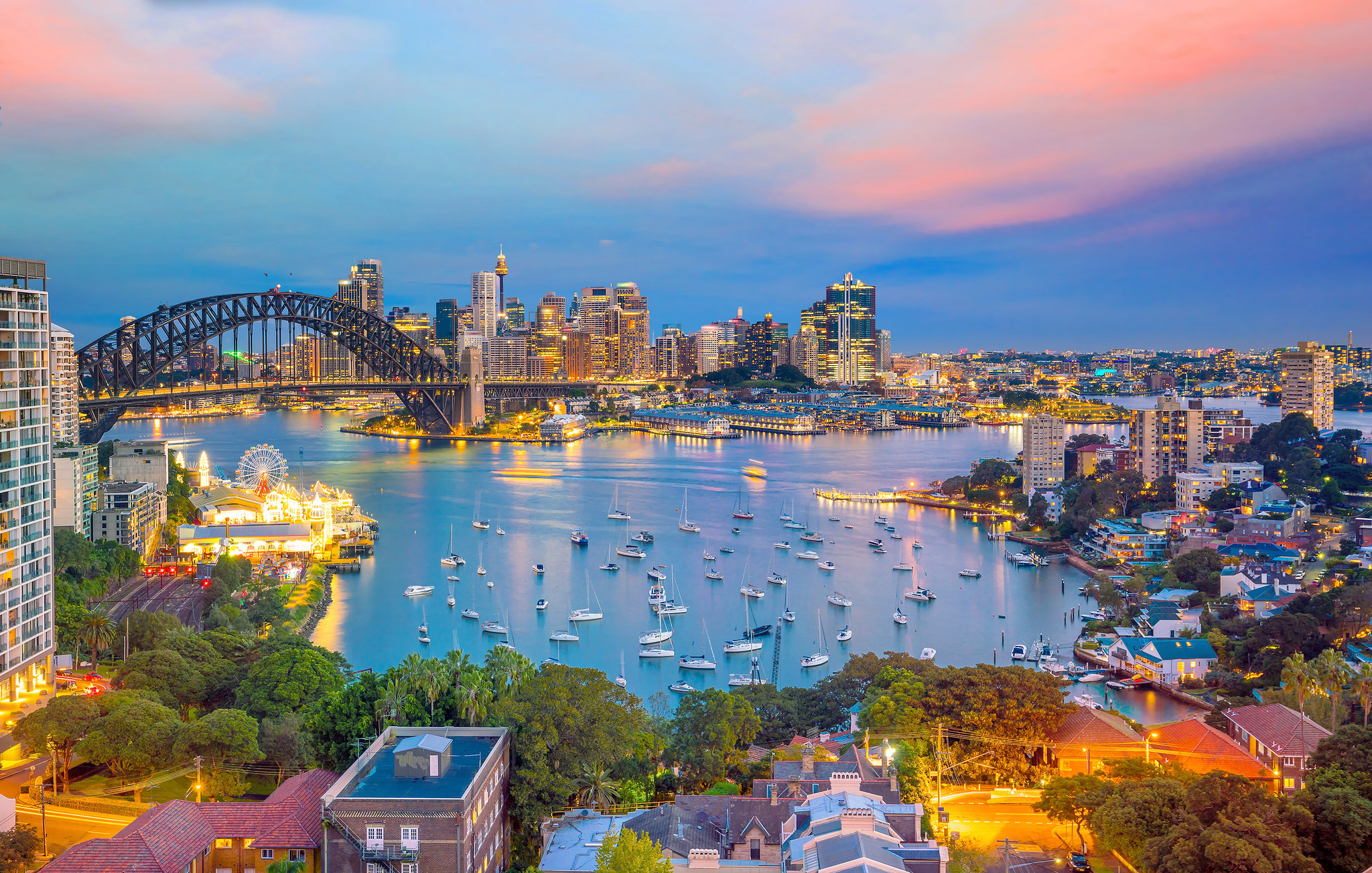At the height of the pandemic, major banking economists sounded the alarm. They warned the coronavirus-induced recession could shave hundreds of thousands of dollars off the value of Sydney and Melbourne homes.
But as the worst of the national COVID-19 restrictions passed, property prices fell only marginally. Forecasters are now tipping values to rise more than 5 per cent in 2021. What happened to the property price crash that wasn’t?
In May, the major banks including NAB and the Commonwealth Bank of Australia warned prices might plummet by anywhere from 10 per cent to as much as 30 per cent in a worst-case scenario.
While Australia has been through the sharpest recession since the Great Depression, this bleak outlook for the property market has clearly not played out. CoreLogic data shows home prices jumped 0.8 per cent nationally in November with a rebound under way in every capital city.
NAB executive of home ownership Andy Kerr attributes the change in fortunes to “record low [interest] rates, growing confidence in the economic recovery and strong government support measures”.
This includes a substantial $25,000 HomeBuilder grant for those building a new residence and expanded first-home buyer incentives, as well as record levels of fiscal stimulus such as the JobKeeper wage subsidy program to keep unemployment down.
Home loan applications at NAB were stronger in November than any other month in the past two years and Australian Bureau of Statistics data shows home loans surged a record 30 per cent in the year to October.
“We expect strong interest to continue given the likelihood of low rates for several years and as more stimulus measures come into effect from state governments,” Kerr says.
“We’re currently forecasting property price growth upwards of 5 per cent in each of the next two years, with apartment prices likely to lag house price growth.”
Great expectations
Property data house SQM Research managing director Louis Christopher is now expecting prices to jump by 7 to 11 per cent in Sydney and by 2 to 6 per cent in Melbourne in a “base case” scenario. National prices are expected to increase between 5 and 9 per cent.
The base case assumes a vaccine being rolled out and more fiscal and monetary support, but also factors in a third wave of the virus requiring more lockdowns.
At the peak of the crisis in June, 10.1 per cent of loans, including mortgages, were on payment deferral holidays but this dropped to 3.4 per cent by the end of October, Moody’s Investors Service data shows.
Independent economist Stephen Koukoulas points out that until two months ago, prices were “flat to down”. He says record low interest rates (which the Reserve Bank cut to 0.1 per cent in November), a relaxation of lending restrictions and a seasonal spring season were behind the revival. But he says it is “hardly a price boom”.
“The reason why I’m not as upbeat as others … is I remain a big fan of supply and demand, and demand is going to be pretty poor,” Koukoulas says.
“We might just be getting a release price spike of [up to] 5 per cent early in the new year but once we get well into 2021, the reality of not many people being here and … a pipeline of construction yet to be finished will bite.”
Simon Pressley, founder of buyer’s agency and research business Propertyology, was one of the few forecasters who did not expect a dramatic price slump at the highest point of the pandemic’s first outbreak.
“The history books will show it as a small moment in time at the front end of an Australian property boom that commenced in the third quarter of 2019 and continued for a few years,” he says.
He now believes coronavirus has changed peoples’ lifestyles, but not market fundamentals which have driven price booms on the back of high-demand and low supply. On this point, he will have his critics.
‘Good time to buy’
Reserve Bank of Australia governor Philip Lowe said at a public hearing in Canberra last week it was a good time to buy but warned the fundamentals had shifted with far fewer migrants coming to Australia due to international travel restrictions and future reluctance to move.
However, both Lowe and Pressley are aware of the power of ongoing record low interest rates to boost the housing market, meaning the RBA will keep a close eye on prices. Pressley expects the majority of capital cities will experience double-digit price growth next year with houses in Canberra, Hobart and Perth to be particularly strong performers alongside many regional areas.
But he warns Melbourne and Sydney “continue to be Australia’s two most vulnerable property markets” with exposure to overseas tourists and students, high vacancy rates and a trend for residents to move out of these major CBDs during the pandemic.
A “strong surge in prices” is also the expectation of REA Group chief economist Cameron Kusher who says the recent price growth could start “accelerating” over 2021. However, he acknowledges there has been a major shift in housing market dynamics in terms of demand for new developments from arriving migrants.
Real estate agency PRD chief economist Diaswati Mardiasmo warns the end of fiscal and broader financial support, including mortgage holidays and government schemes like JobKeeper, could derail price growth, but overall her outlook is upbeat. “I wouldn’t be surprised if we have a strong, almost unprecedented property market growth in the first quarter of 2021,” Mardiasmo says.
Property business Archistar chief economist Andrew Wilson also expects 2021 price growth to be “pushing towards double figure results” in capital cities.
He says demand from first-home buyers and down-sizers is likely to offset any sharp drops in price in inner city apartment markets where a lack of international students and major job losses for young people have seen rental vacancy rates surge.
‘FOMO is back’
In the lower north shore suburb of Lane Cove on Saturday, 16 house hunters registered to bid on a three-bedroom, one-bathroom house on Dorritt Street. It sold for $2,625,000 – $475,000 above the reserve.
The winning bidder and underbidder were bidding on behalf of their adult children, who were not at the auction. Auctioneer Tom Panos said the fear of missing out had returned for house hunters.
“You can see there’s FOMO out there. FOMO didn’t exist six months ago but FOMO is back,” he said. “There’s this fear that if you don’t buy this side of Christmas, you’ll come back after Christmas and you’ve got the good news of the vaccine, you add that to talk that there is going to be potentially negative [interest] rates and people have got a fear of missing out.
“The amount of buyers there is per property is the highest I’ve ever seen it, but it’s not the case for units, it’s just the case for houses.”

